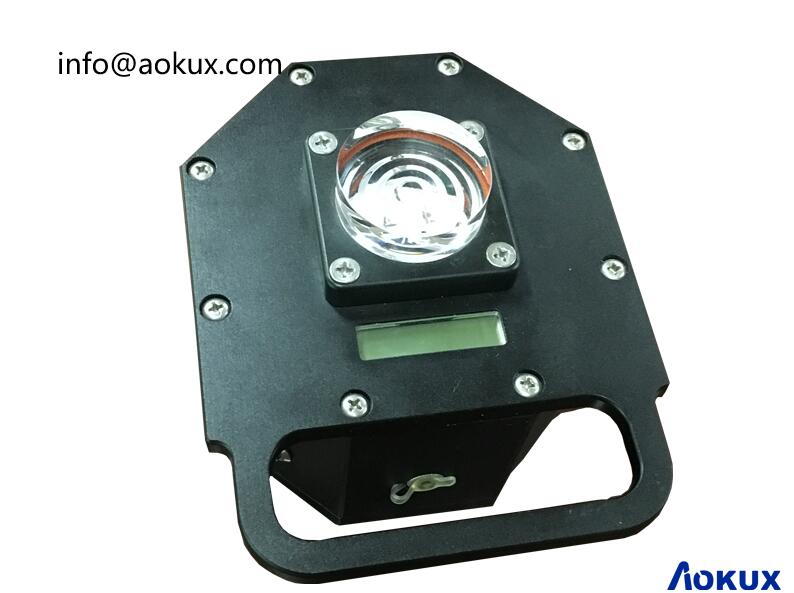Portable Runway Lighting: Enhancing Safety and Efficiency in Aviation
Introduction:
The aviation industry plays a crucial role in connecting people, goods, and ideas across the globe. Safety and efficiency are paramount in ensuring smooth operations, especially during periods of low visibility or emergencies. In such situations, portable runway lighting systems emerge as a critical tool to enhance safety and support continuous operations. This article will delve into the importance and benefits of portable runway lighting, exploring their function, features, and impact on aviation operations.

Enhancing Visibility:
Portable runway lighting systems are designed to provide temporary illumination in various operational scenarios. In low visibility conditions caused by fog, heavy rain, or snow, these lighting systems ensure clear visibility of the runway, taxiways, and other critical areas. They provide pilots with essential visual aids to make accurate judgments during takeoff, landing, and taxiing, reducing the risks of accidents and runway incursions.
Flexibility and Adaptability:
The portability aspect of these lighting systems allows for quick and easy installation, making them highly adaptable to different operational environments. Whether it is a temporary runway, an emergency landing site, or the need to extend existing lighting systems, portable runway lighting can be rapidly deployed and configured as required. This flexibility ensures that aviation operations can continue seamlessly, even in challenging circumstances.
Portable Runway Lighting
|
Portable Runway Light
|
Battery-Powered and Solar Options:
Portable runway lighting systems often utilize rechargeable batteries or solar power as their primary energy source. This eliminates the need for extensive cabling and power infrastructure, making them ideal for remote or temporary locations. The use of renewable energy sources also aligns with the aviation industry's commitment to sustainability and reduces reliance on fossil fuels.
Ease of Operation and Maintenance:
Efficiency in operations is crucial in the aviation industry. Portable runway lighting systems are designed to be user-friendly, with simple control mechanisms and intuitive interfaces. Pilots, air traffic controllers, and ground staff can easily operate and monitor the lighting systems, ensuring smooth coordination and communication. Additionally, these systems require minimal maintenance, reducing downtime and associated costs.
Emergency Preparedness and Disaster Response:
During emergencies, such as natural disasters or aircraft incidents, rapid response and effective management are vital. Portable runway lighting systems enable the establishment of temporary runways or landing zones, facilitating emergency landings, medical evacuations, and disaster relief operations. They provide a lifeline in critical situations, allowing rescue and aid efforts to be executed promptly and efficiently.
Cost-Effectiveness:
Compared to permanent lighting installations, portable runway lighting systems offer a cost-effective solution. They eliminate the need for significant infrastructure investments, such as electrical cabling, transformers, and maintenance facilities. Additionally, the ability to deploy these lighting systems where and when needed reduces operational costs associated with rerouting flights or delaying operations due to poor visibility.
Conclusion:
Portable runway lighting systems have become indispensable tools in the aviation industry, enhancing safety, efficiency, and emergency response capabilities. These systems provide vital visual aids, ensuring clear visibility in challenging conditions, and enabling seamless operations. Their flexibility, adaptability, and ease of use make them an ideal choice for temporary or remote locations. As the aviation industry continues to evolve, portable runway lighting systems will play an increasingly significant role in ensuring safe and efficient operations, ultimately contributing to the growth and sustainability of the industry.

